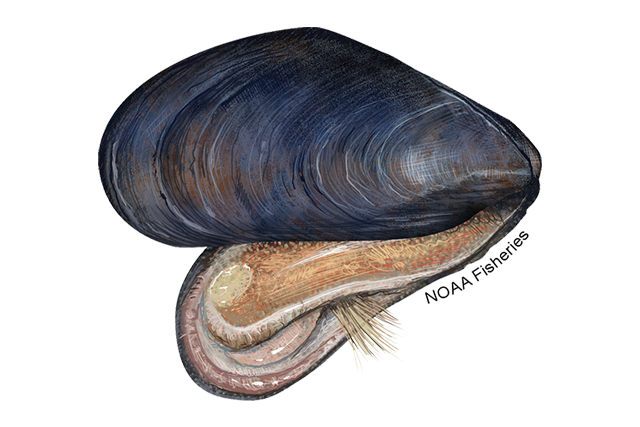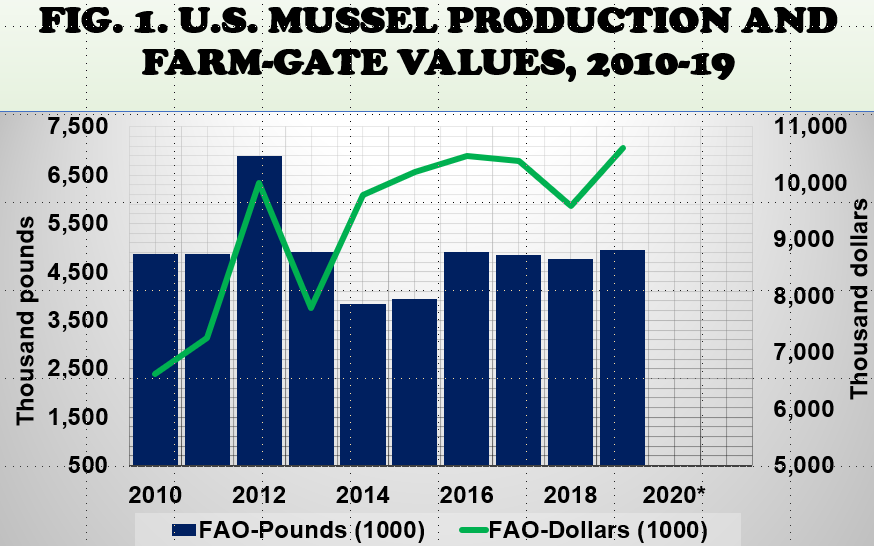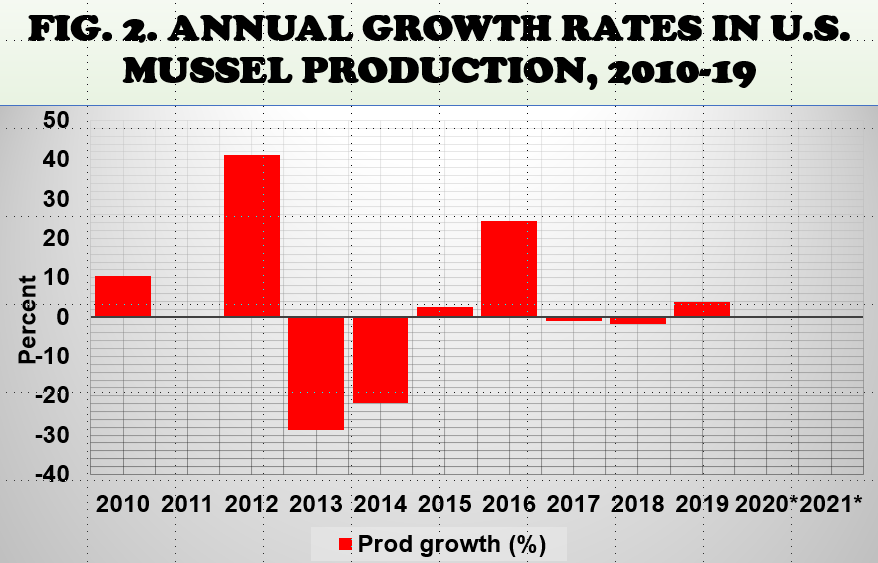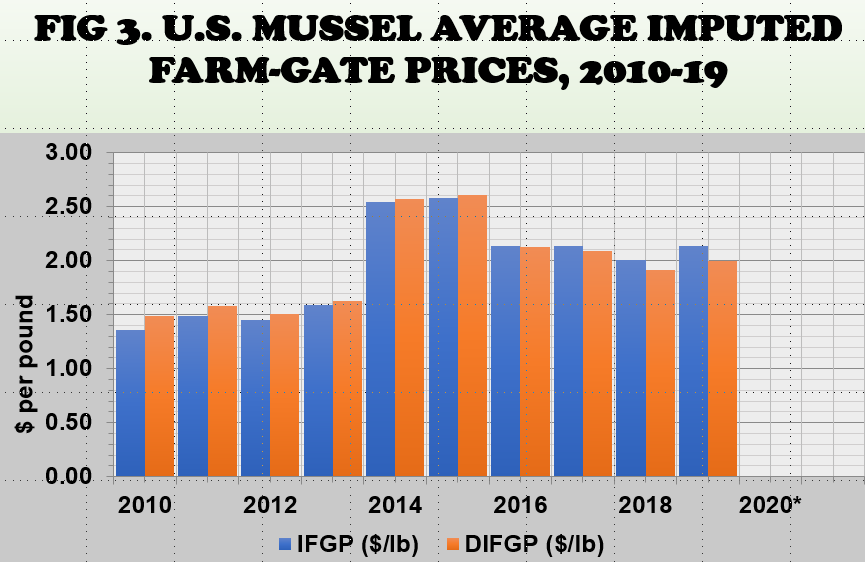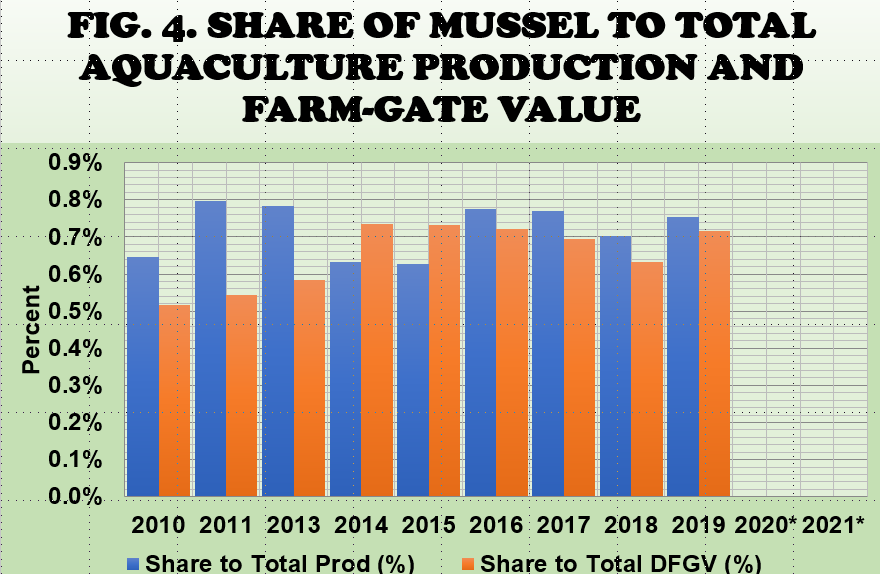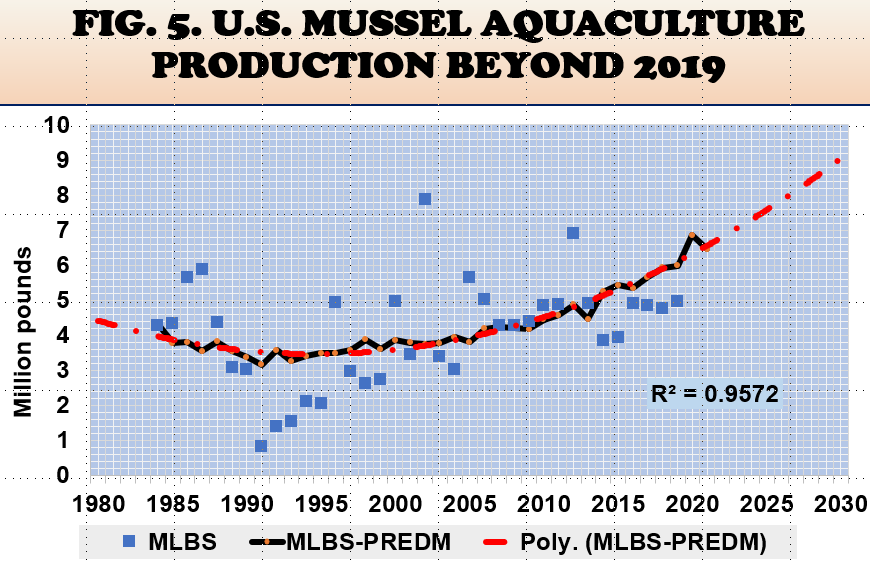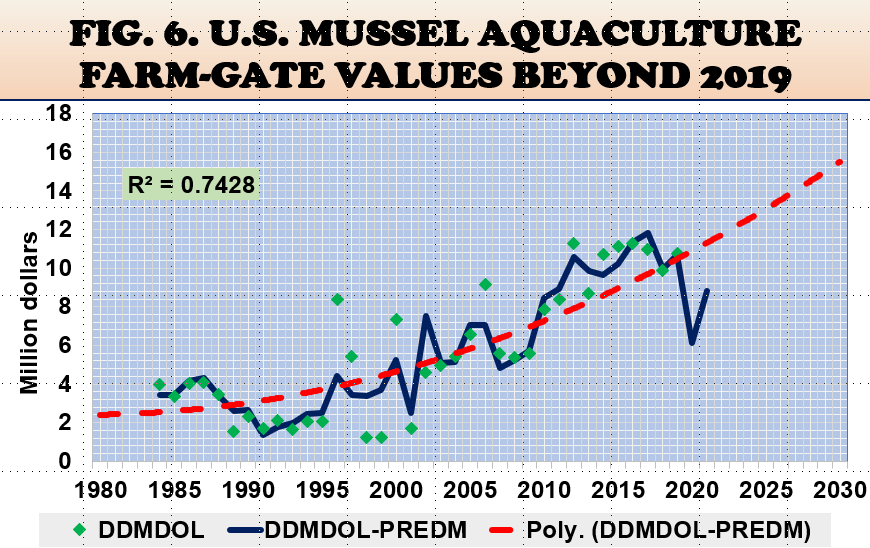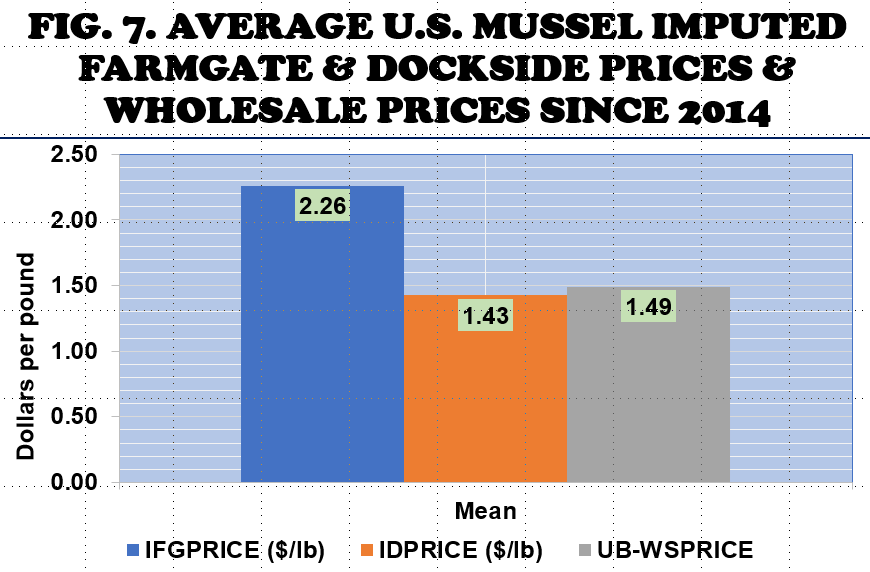Vol. 12, No. 12 / Is The U.S. Mussel Aquaculture Industry Growing?
Authors
Your Extension Experts
Related News
June 2, 1995
March 31, 1995
Posadas, Benedict C. 2022. Is the U.S. Mussel Aquaculture Industry Growing? Mississippi MarketMaker Newsletter, Vol. 12, No. 12. December 14, 2022.
This virtual presentation is a contribution of the Mississippi Agricultural and Forestry Experiment Station and the Mississippi State University Extension Service. This material is based upon work that is supported in part by the National Institute of Food and Agriculture, U.S. Department of Agriculture, Hatch project under accession number 081730 and NOAA (Office of Sea Grant, U.S. Dept. of Commerce, under Grant NA10OAR4170078, Mississippi Alabama Sea Grant Consortium).
